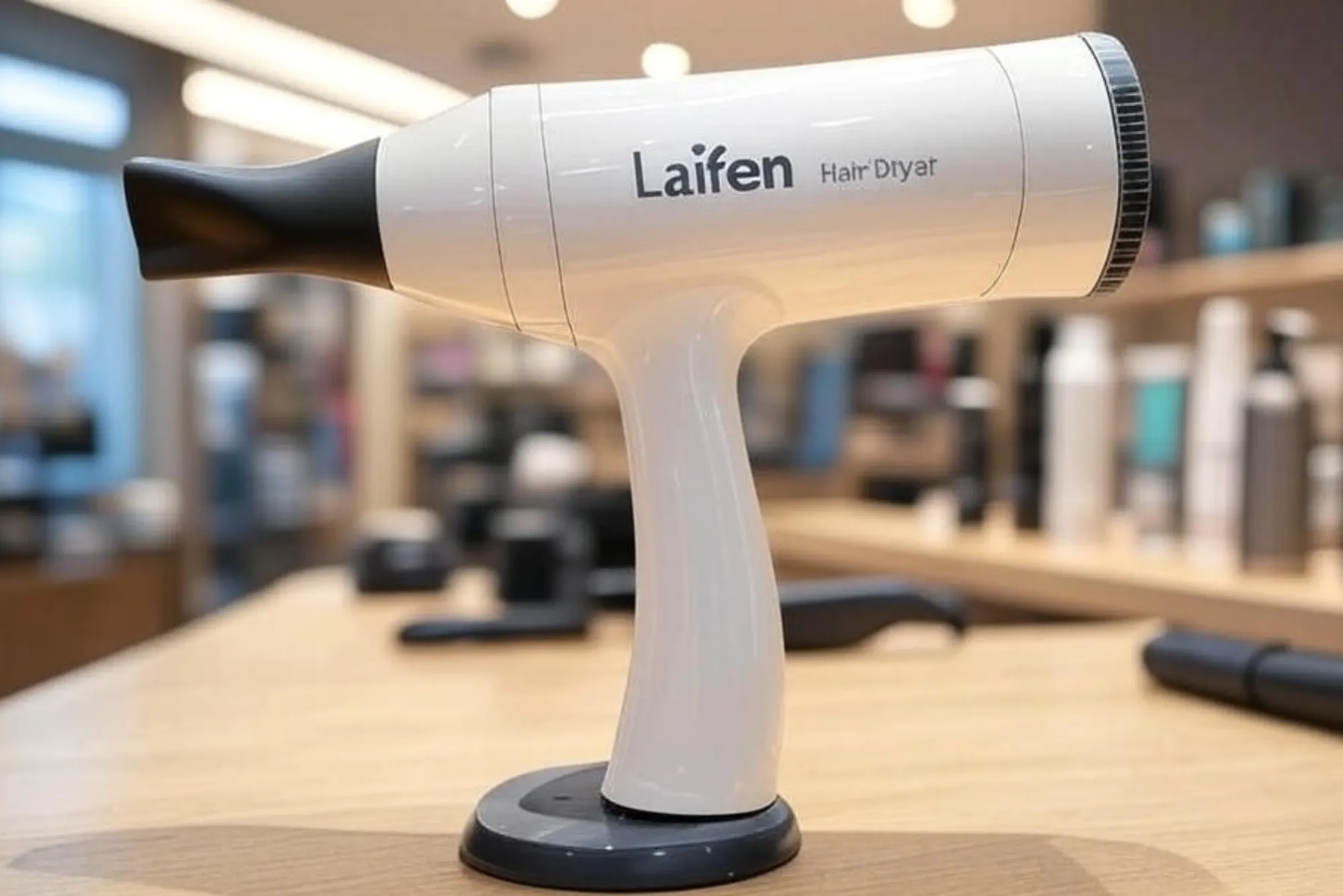In today’s dynamic work environment, ensuring employee protection is a top priority for organizations worldwide. Companies recognize that their workforce is their most valuable asset, and safeguarding their well-being is crucial for maintaining a productive and positive workplace. This article delves into the various strategies and practices that companies employ to hold their employees protected.
Legal Framework for Employee Protection
The foundation of employee protection begins with a robust legal framework. Governments implement various labor laws and regulations designed to safeguard workers’ rights and ensure their safety on the job. Understanding these laws is vital for both employers and employees.
Occupational Safety and Health Administration (OSHA)
In the United States, the Occupational Safety and Health Administration (OSHA) establishes and enforces standards aimed at ensuring safe and healthy working conditions. OSHA requires employers to adhere to specific safety protocols and provides guidelines for hazard communication, personal protective equipment (PPE), and emergency preparedness. Companies that prioritize OSHA compliance create safer work environments and minimize the risk of workplace accidents.
Employment Rights Laws
Numerous employment rights laws protect employees from discrimination, harassment, and wrongful termination. Legislation such as the Americans with Disabilities Act (ADA) and the Family and Medical Leave Act (FMLA) provides essential protections for employees facing unique challenges. Companies that align their policies with these laws not only protect their employees but also foster a culture of respect and inclusivity.
Physical Safety Measures
Ensuring physical safety in the workplace is one of the most direct ways companies hold their employees protected. Organizations implement various measures to create a safe working environment.
Risk Assessments and Safety Protocols
Regular risk assessments help identify potential hazards in the workplace. By conducting thorough evaluations, companies can develop safety protocols tailored to their specific needs. These protocols may include emergency evacuation plans, safety drills, and clear communication of safety procedures.
Personal Protective Equipment (PPE)
In many industries, the use of personal protective equipment (PPE) is crucial for safeguarding employees. This may include helmets, gloves, safety goggles, and protective clothing, depending on the nature of the work. Companies must provide appropriate PPE and ensure that employees are trained in its proper use.
Workplace Design
Ergonomics plays a vital role in employee safety. Companies should design workspaces to minimize physical strain and reduce the risk of injuries. Ergonomic assessments can help identify potential issues, leading to adjustments in furniture, equipment, and workflows. A well-designed workspace enhances comfort and productivity while protecting employees from unnecessary harm.
Mental Health and Wellbeing
Employee protection extends beyond physical safety. Companies must also prioritize mental health and wellbeing. Supporting employees’ mental health fosters a positive workplace culture and enhances overall productivity.
Employee Assistance Programs (EAPs)
Many organizations offer Employee Assistance Programs (EAPs) that provide confidential counseling and support services. EAPs help employees navigate personal challenges, such as stress, anxiety, and family issues. By providing access to mental health resources, companies demonstrate their commitment to employee wellbeing.
Stress Management Initiatives
Work-related stress can significantly impact employees’ mental health. Companies can implement stress management initiatives, such as mindfulness training, wellness programs, and flexible work arrangements. Creating a supportive environment that encourages work-life balance can significantly reduce stress levels and improve overall employee satisfaction.
Building a Supportive Workplace Culture

A supportive workplace culture is integral to holding employees protected. Companies that prioritize open communication and inclusivity create an environment where employees feel valued and respected.
Open Communication Channels
Establishing open communication channels encourages employees to voice their concerns and suggestions. Regular feedback sessions and anonymous surveys can help identify areas for improvement. Companies that actively listen to their employees foster a culture of trust and transparency.
Diversity and Inclusion Initiatives
Diversity and inclusion initiatives ensure that all employees feel welcome and valued. Companies that embrace diversity create a richer workplace culture and improve employee satisfaction. Implementing training programs that address unconscious bias and promote inclusivity can enhance employee protection and create a more harmonious work environment.
Compliance and Training
Compliance with legal regulations and ongoing training are essential components of employee protection. Companies must prioritize both to ensure a safe and supportive work environment.
Regular Training Programs
Regular training programs help employees understand their rights and responsibilities. This includes safety training, harassment prevention, and diversity training. Providing ongoing education empowers employees and equips them with the knowledge to navigate workplace challenges effectively.
Compliance Audits
Conducting compliance audits allows companies to assess their adherence to labor laws and safety regulations. Regular audits help identify areas for improvement and ensure that the organization meets all legal requirements. Companies that prioritize compliance not only protect their employees but also safeguard their reputation and mitigate legal risks.
Encouraging Reporting and Whistleblower Protections
Encouraging reporting of safety concerns and providing whistleblower protections are crucial aspects of holding employees protected. Companies must create an environment where employees feel comfortable reporting issues without fear of retaliation.
Reporting Mechanisms
Establishing clear reporting mechanisms allows employees to voice concerns related to safety, harassment, or other workplace issues. Companies should provide multiple avenues for reporting, such as anonymous hotlines or designated HR representatives. This empowers employees to address concerns and promotes accountability within the organization.
Whistleblower Protections
Whistleblower protections safeguard employees who report illegal or unethical behavior. Companies must establish policies that protect whistleblowers from retaliation. Ensuring that employees understand their rights encourages them to come forward with information that can help improve workplace safety and culture.
Continuous Improvement and Evaluation
Employee protection is an ongoing process that requires continuous improvement and evaluation. Companies must regularly assess their policies and practices to ensure they meet the evolving needs of their workforce.
Gathering Employee Feedback
Regularly soliciting employee feedback helps organizations gauge the effectiveness of their protection measures. Surveys, focus groups, and one-on-one discussions can provide valuable insights into employees’ experiences and concerns. This feedback should inform policy adjustments and initiatives aimed at enhancing employee protection.
Adapting to Change
In an ever-evolving work environment, companies must be adaptable. This includes staying informed about changes in labor laws, safety regulations, and best practices. Organizations that embrace change and proactively address emerging challenges demonstrate their commitment to employee protection.
In conclusion, companies hold their employees protected through a multifaceted approach that encompasses legal compliance, physical safety measures, mental health support, and a supportive workplace culture. By prioritizing employee protection, organizations foster a positive environment where employees can thrive. As companies continue to evolve, maintaining a focus on employee safety and wellbeing will remain essential for long-term success.
Click here for more post.









